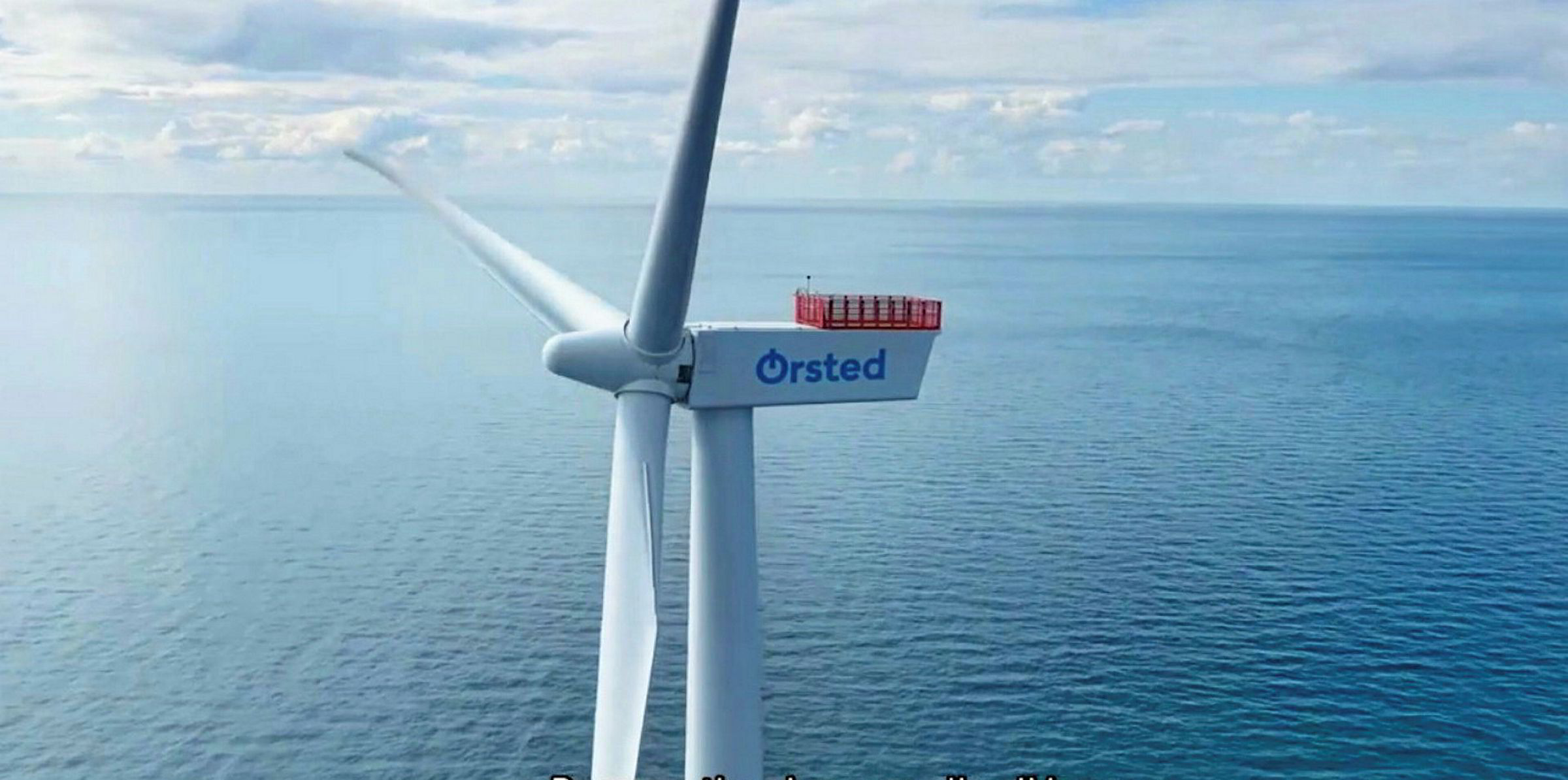Profits at Ørsted rose last year as the Danish offshore wind champion ramped up new wind farms both on land as well as at sea.
“2019 was a great year for Ørsted with continued strategic progress and global expansion. We achieved a very satisfactory operating profit (Ebitda), and the green share of our heat and power generation increased to a new high of 86%,” chief executive Henrik Poulsen said.
The company’s earnings before interest, taxes, depreciation and amortisation (Ebitda) – excluding new partnerships - rose 17% to DKr17.5bn ($2.58bn) last year when compared to 2018, exceeding the most recent guidance of DKr16-17bn.
Ebitda just in onshore and offshore wind jumped by 30% to DKr14.8bn in 2019.
This was partly offset by the increase in provisions related to LNG activities, higher project development costs and a temporarily negative effect from gas at storage due to a substantial drop in gas prices during 2019.
Net profit amounted to DKr6.1bn, and return on capital employed (ROCE) came in at 10.6%.
Last year was a break-through overseas for the Danish company.
“We reached significant milestones by winning two large-scale offshore projects in the US. We were awarded 1,100MW with our Ocean Wind project in New Jersey and 880MW with our Sunrise Wind project in New York. With these awards, we have secured a US offshore wind portfolio with a total capacity of 2.9GW to be completed towards 2024,” Poulsen stressed.
Ørsted in 2019 also commissioned Hornsea 1, the world’s largest offshore wind farm, with a capacity of 1.2GW, and decided to build the 900MW Greater Changhua 1&2a array off Taiwan.
Last year was a significant one for Ørsted onshore, with the full integration of the former Lincoln Clean Energy business as Ørsted Onshore, and a ramp-up of its US onshore wind and solar activities.
“We haven't made any decision on whether we are going to take the onshore business to other parts of the world,” said Poulsen, responding to a question from Recharge during a call with journalists on the results. “We don't as yet have any plans to do so.”
“We feel we still have plenty of opportunities in the US. On the other hand, I would certainly not rule out that some time further down the road we would consider it, but for now we have no plans.”
“We hope to reach about 5GW by 2025 in the US onshore business, combining onshore wind and solar.” That would leave onshore accounting for about a quarter of total capacity, with offshore forecast to hit 15GW by then, added Poulsen.
Note: Update adds quotes



